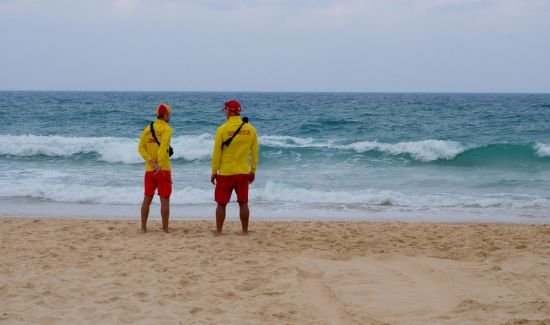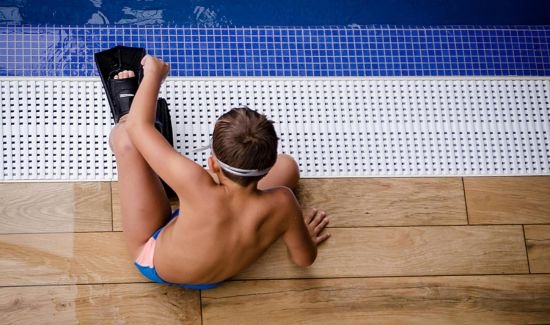
Water safety is essential for anyone enjoying aquatic activities, whether at a pool, beach, or boat. By following these Water Safety Tips, you can prevent accidents and create safe, enjoyable experiences for everyone. Awareness is crucial whether you’re a swimmer, a parent, or a boater. Learn how to protect yourself and others while embracing the fun of aquatic adventures. These tips will help ensure every water experience is both safe and memorable. For more information, check out our Pool Safety Instructions.
Table of Contents
1. Learn to Swim
Swimming is a vital life skill that can save lives in emergencies. Encourage both adults and children to take swimming lessons from certified instructors. Knowing how to swim helps build confidence and prepares you for unexpected situations. It’s never too late to learn, so prioritize swimming lessons for your family. A good swimmer is better equipped to handle water safely.
2. Supervise Children Closely

Children require constant supervision near water, no matter their swimming skills. Assign a responsible adult as a “water watcher” to ensure undivided attention. Even shallow water can pose dangers for young kids. Always stay within arm’s reach of toddlers and beginners when they’re near water. Vigilance prevents accidents and keeps children safe during water activities.
3. Use Life Jackets
Life jackets are critical for water safety during boating or water sports. Ensure everyone, especially children, wears U.S. Coast Guard-approved life jackets that fit properly. Inflatable toys or flotation devices are not substitutes for real safety gear. Life jackets can save lives in rough waters or emergencies. Invest in quality life jackets and always use them as intended.
4. Avoid Alcohol While Swimming or Boating

Alcohol impairs your ability to think clearly and react quickly in emergencies. Whether swimming, boating, or supervising, avoid consuming alcohol during water activities. It’s best to stay sober and alert when around water. Celebrate responsibly after the day’s water fun has ended. Your safety and that of others depend on good judgment and focus.
5. Stay Within Designated Areas
Swimming in designated areas marked safe by lifeguards reduces risks. These zones are free from strong currents, underwater hazards, and other dangers. Avoid venturing into unfamiliar waters where conditions may be unpredictable. Follow local signage and lifeguard instructions to stay protected. Sticking to safe areas ensures a fun and secure water experience.
6. Be Aware of Weather Conditions

Weather can change quickly, turning safe waters dangerous in minutes. Always check forecasts before heading out and keep an eye on the sky. Strong winds, lightning, or heavy rain are signs to leave the water immediately. Be prepared to act quickly if weather conditions deteriorate. A safe outing starts with planning for the unexpected.
7. Practice Boat Safety
Boat safety begins with preparation and proper equipment. Ensure your boat has life jackets, a first-aid kit, a fire extinguisher, and signaling devices. Follow boating regulations and inspect your vessel before every trip—plan for emergencies by knowing rescue protocols and safety routes. Safe boating is a shared responsibility for everyone on board.
8. Avoid Diving in Unknown Waters

Diving into shallow or unknown waters can lead to severe injuries. Always verify depth and inspect for underwater obstacles before diving. Feet-first entry is safest when conditions are unclear. Avoid diving where visibility is poor or warnings are posted. A cautious approach prevents accidents and keeps your spine and head safe.
9. Learn Basic First Aid
Knowing basic first aid skills can save lives during emergencies. Take CPR and first-aid training from reputable organizations to stay prepared. These skills are invaluable when someone needs immediate assistance. Keep a first-aid kit handy and ensure you know how to use it. Preparedness can make all the difference in critical moments.
10. Stay Hydrated and Protect Against Sun

Long hours near water can lead to dehydration and sunburn if precautions aren’t taken. Drink plenty of water and wear sunscreen to protect your skin. Cover up with hats and UV-protective clothing for added safety. Reapply sunscreen every two hours, especially after swimming. Staying hydrated and shielded ensures a healthy, fun day.
11. Educate About Rip Currents
Rip currents are strong, narrow channels of fast-moving water that can drag swimmers out to sea. Educate yourself and your family on how to escape one—swim parallel to the shore until free. Always heed warnings from lifeguards about rip current risks. If caught in one, don’t panic; instead, signal for help. Understanding rip currents saves lives. For more ways to stay safe, check out our full guide on Safety Guidelines at the Beach.
12. Respect Pool Rules and Signage

Pool rules exist to protect everyone from avoidable accidents. Always follow posted guidelines, like no running or diving in shallow areas. Discourage rough play, which can cause injuries to yourself and others. These rules create a safer environment for swimmers of all ages. Respecting guidelines keeps everyone happy and injury-free.
13. Know Your Limits
Overestimating your abilities can lead to accidents or exhaustion. Swim only in conditions that match your skill level, and avoid deep waters if unsure. Rest when tired, and don’t push your limits during water activities. Remember, safety comes first, even for experienced swimmers. Knowing your boundaries is key to staying safe.
By following these water safety guidelines, you can minimize risks and maximize fun. Whether swimming, boating, or enjoying the beach, preparation and awareness are essential. Always prioritize safety to ensure every water experience is enjoyable and accident-free.




